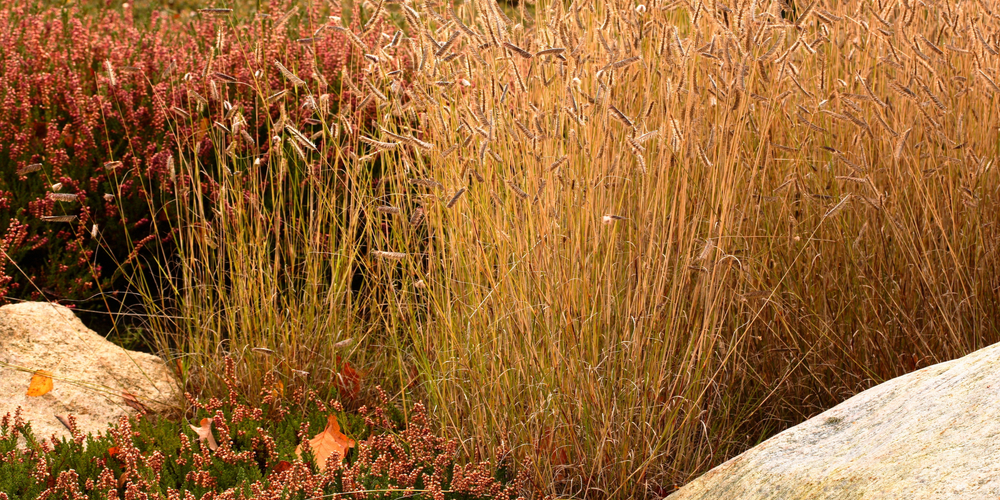Voting & Elections
Information on Voting and Elections in the State of New Mexico.
Candidates & Campaigns
Information on how to become a candidate and about complying with campaign finance disclosure and reporting requirements.
Legislation, Lobbying & Legal Resources
Learn about Lobbying in our state. Find Legislative information to include Signed & Chaptered Bills and Legal Resources.
Business Services
Start a business, maintain a business or get general information on registered businesses in New Mexico.
Notary & Apostille
Become a notary, renew your notary commission, or obtain information about apostilles or certification of official documents.
Commercial Services
File UCC's, AG Liens, register a trademark or other commercial filings.
Safe at Home
New Mexico’s statewide address confidentiality program administered by the Secretary of State to assist victims of domestic violence, sexual assault, stalking or similar types of crimes to receive mail using the Secretary of State’s address as a substitute for their own.
Cybersecurity
Learn about how we protect your voter and business information. You might also find a tip or two that will help you secure your information as well.
About New Mexico
Learn about New Mexico Government, History, State Symbols, State Songs and other important information about our state.
Unofficial Election Results
Results will become available after 7 PM on Election Day, November 2, 2021 and will be posted as they are received from the county offices.
Election Results Homepage
Election Day Voter Hotline
Toll Free: 1-800-477-3632
Santa Fe: 505-827-3600 Option 2
The Election Day Voter Hotline is available on Election Day, November 2, from 7:00 AM to 7:00 PM to assist voters with questions or concerns.
Voter Resources
Online voter resources include:
About New Mexico
State Grass

The Blue Grama (Bouteloua gracilis) is one of the more widespread species of grass in New Mexico occurring in all 33 counties. This perennial grass is a warm season grass and is without doubt the most valuable forage grass in the state for cattle. The plant usually grows up to 1 foot in height but can occasionally grow as high as four feet. The seed stalks have two curling comb-like spikes that appear purple and is probably the reason for the name Blue Grama. Sometimes called White Grama, it is neither blue nor white.
Native Americans used the seeds to make a flour for bread and Blackfoot Indians predicted the weather based on the number of branches grown during the current growing season. This is a valuable plant for xeriscaping and provides a good alternative to thirsty lawns of non-native grasses.
The species grows from the lowest elevations up to 8,000 feet, rarely higher, in a variety of habitats including sandy and loamy soils, shallow sites, rocky slopes, bottomlands and mountain grasslands.
